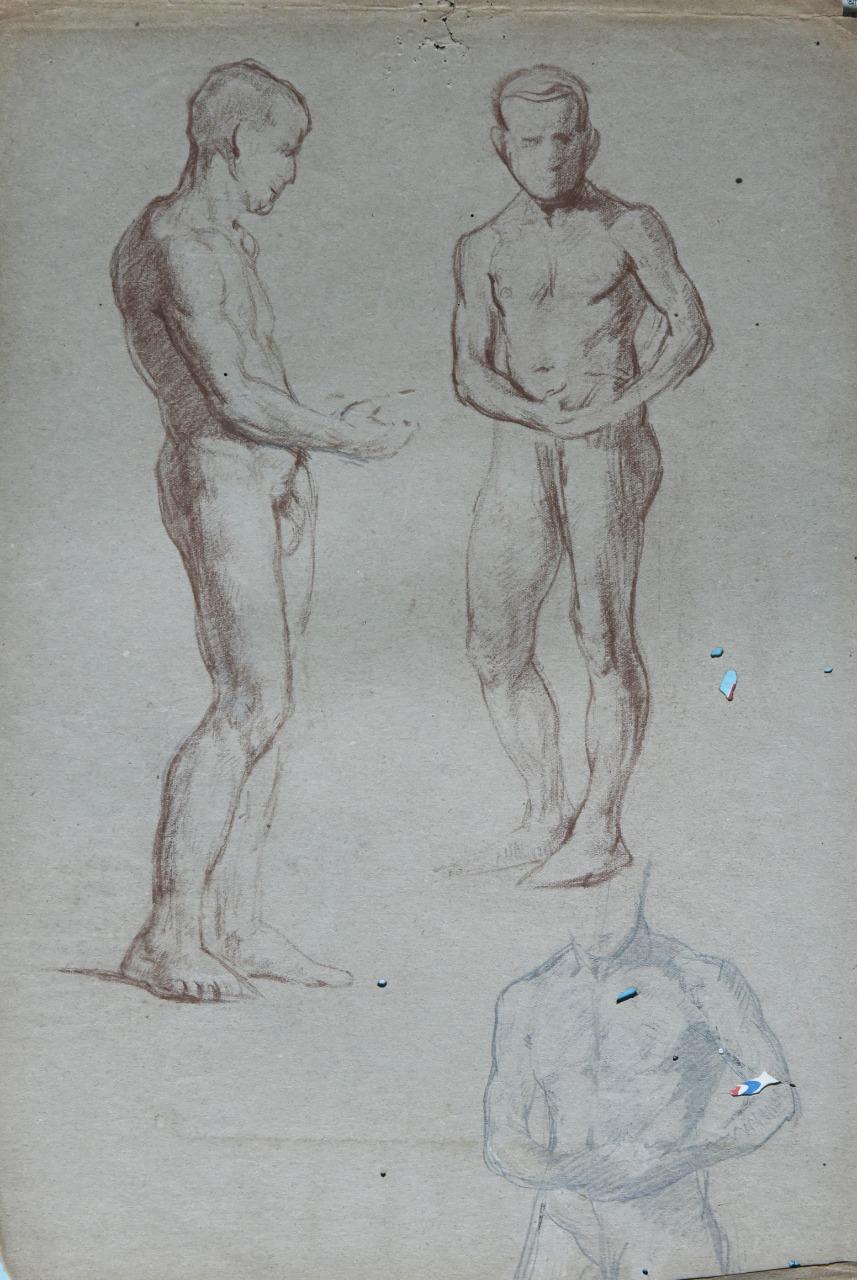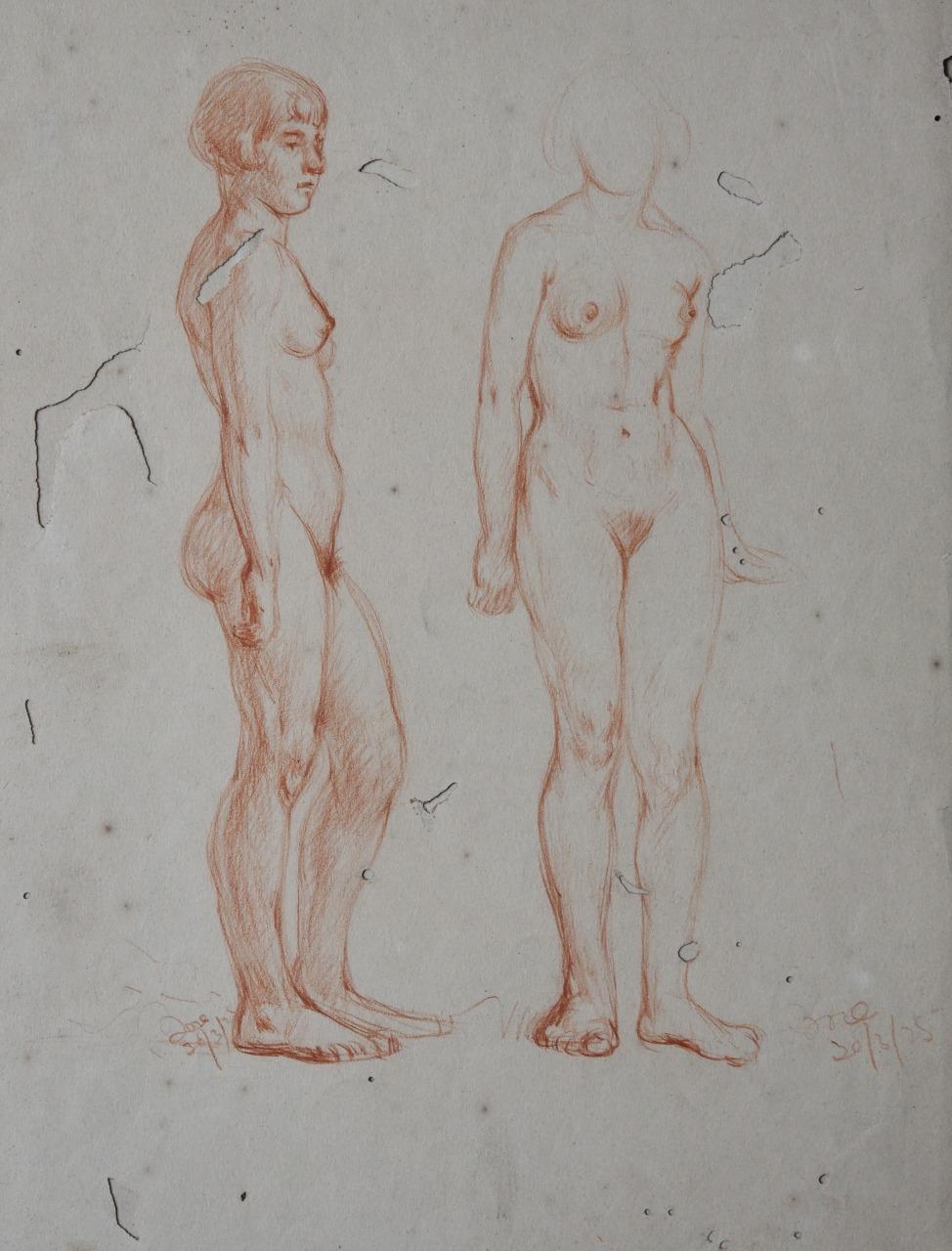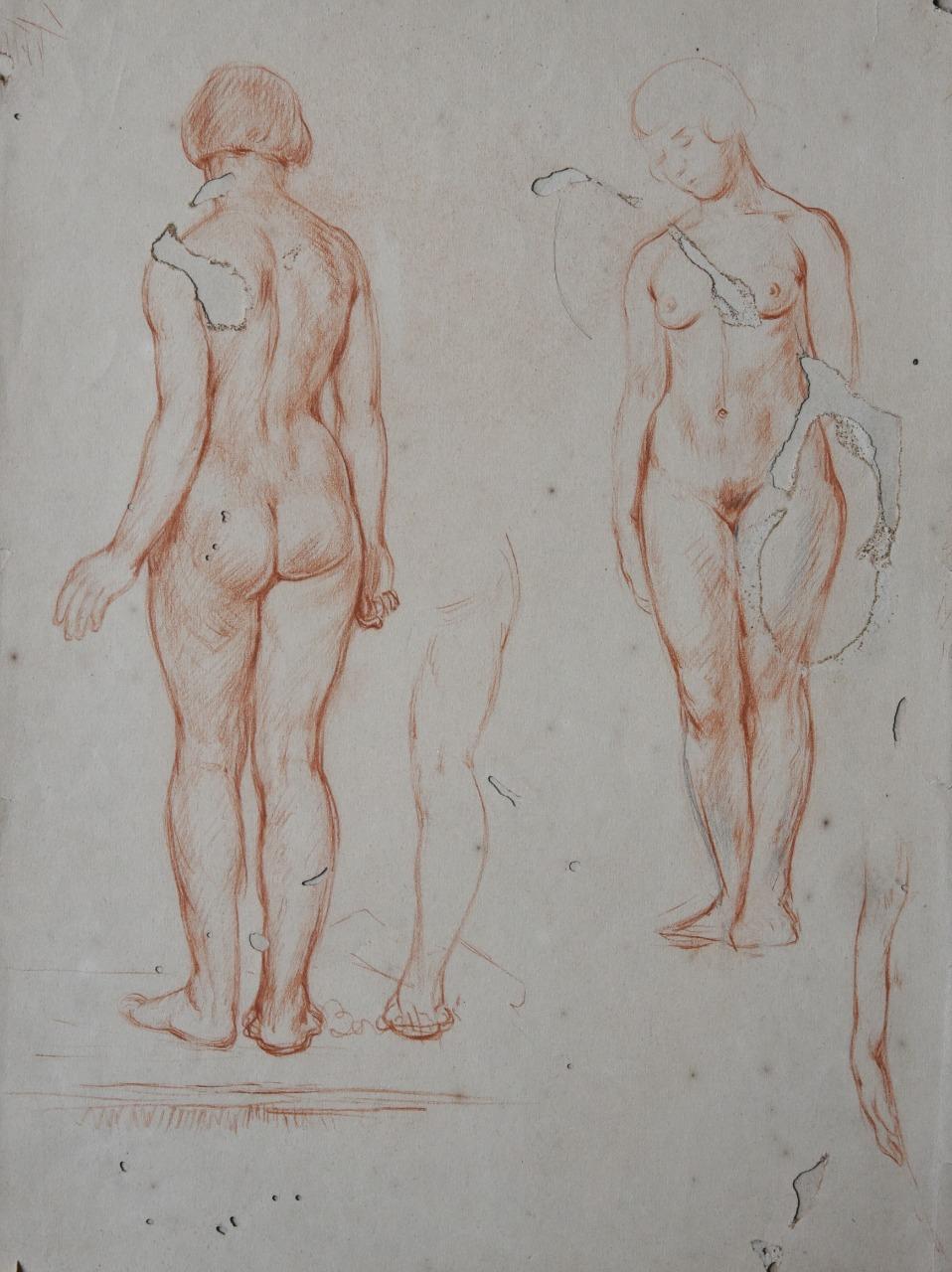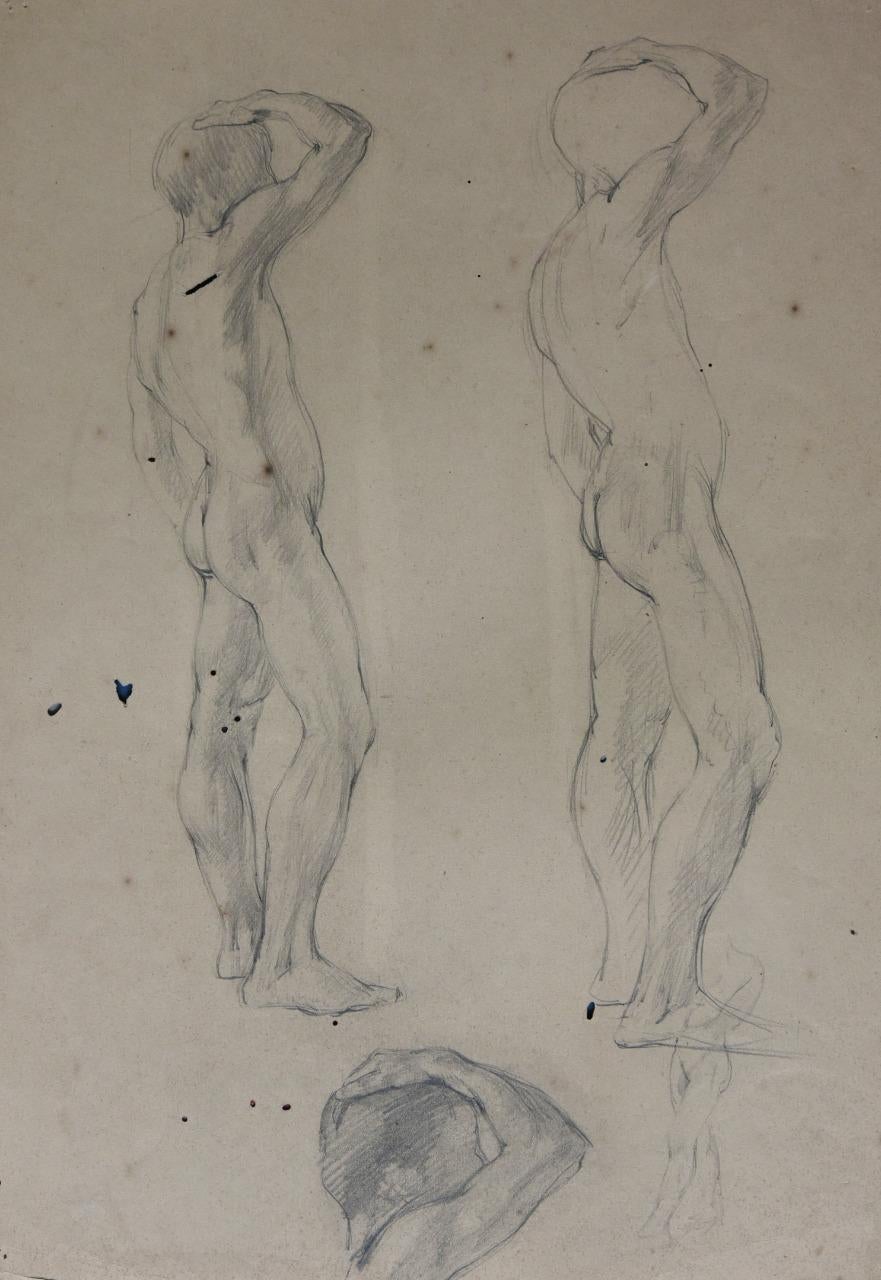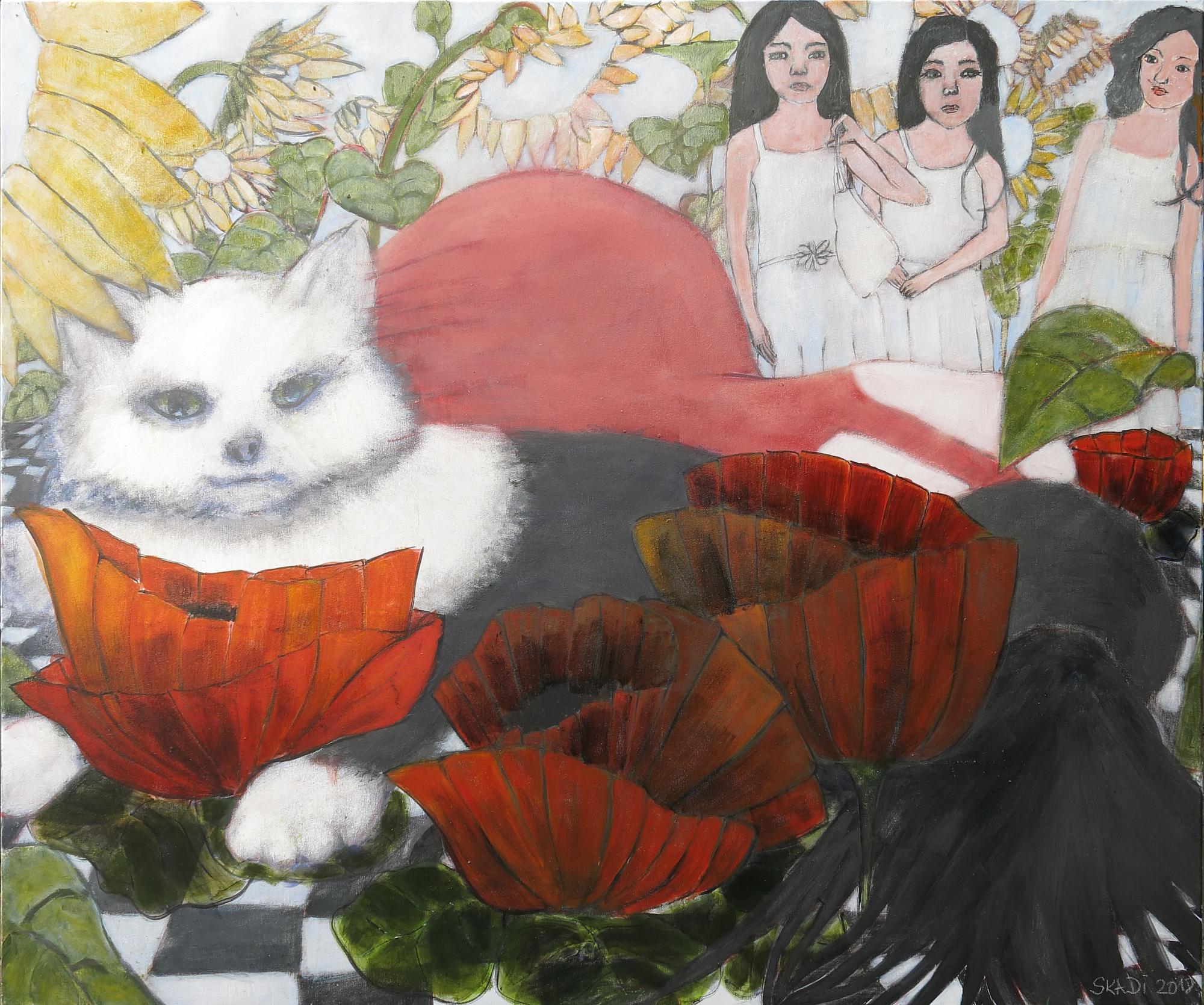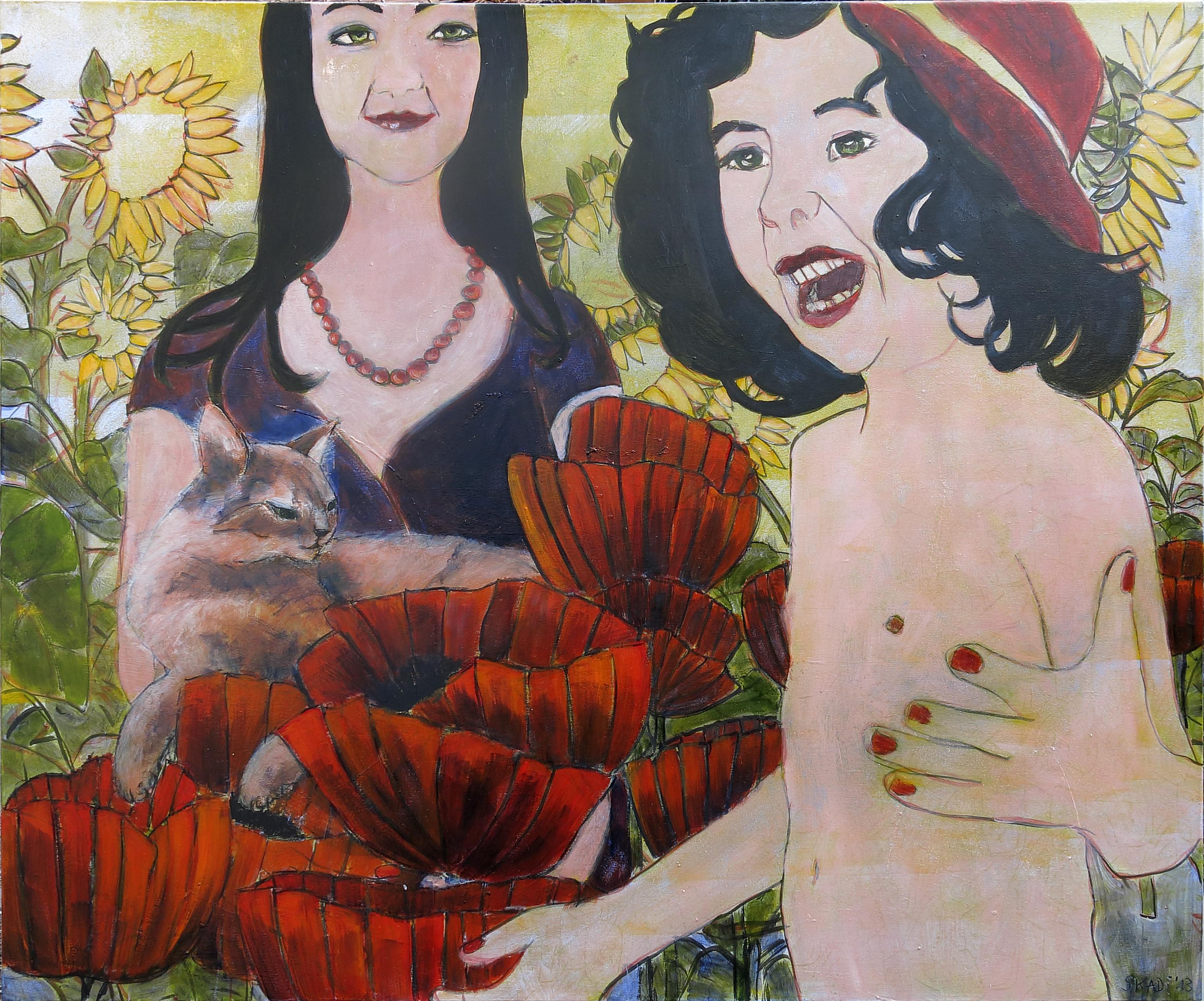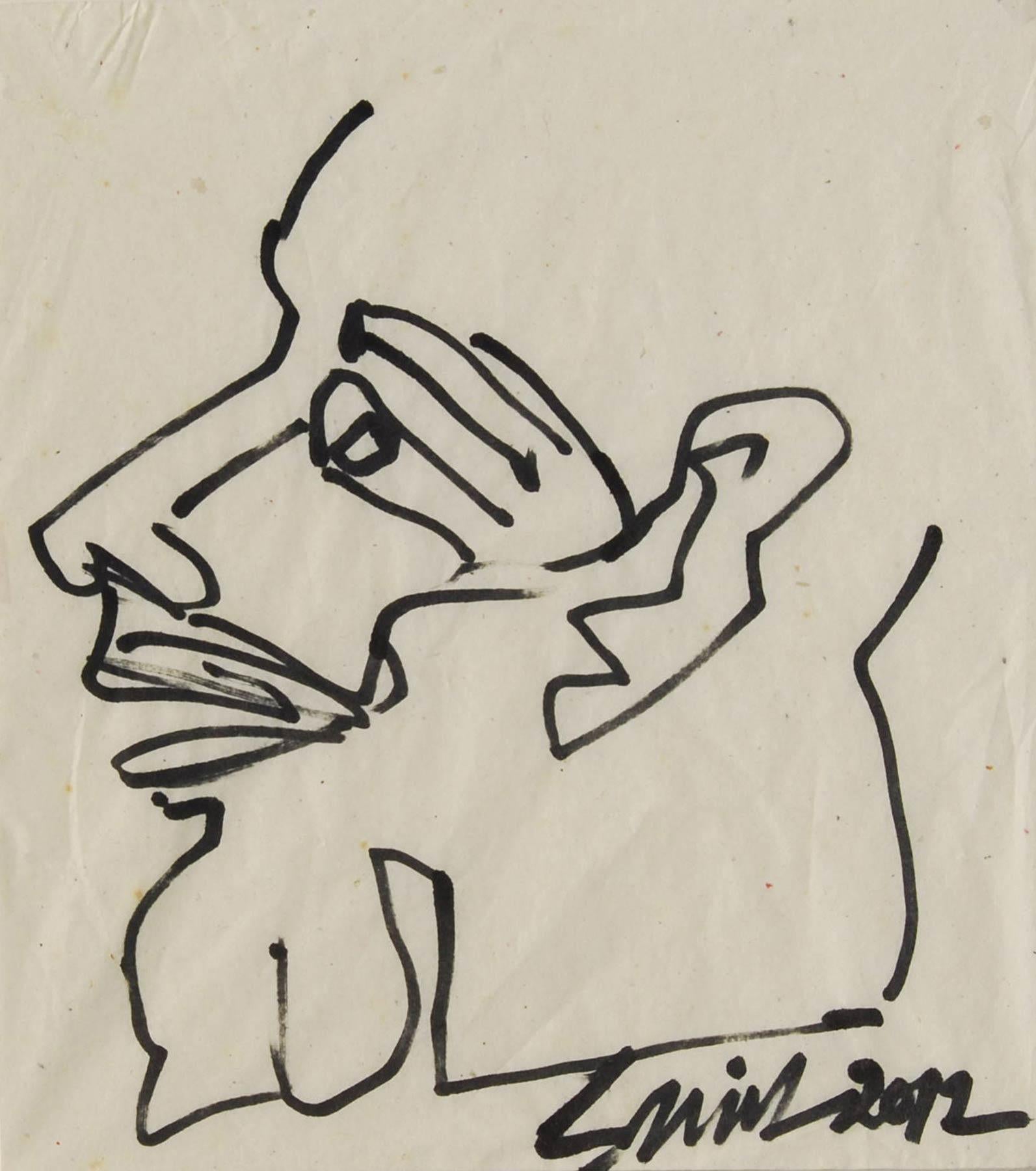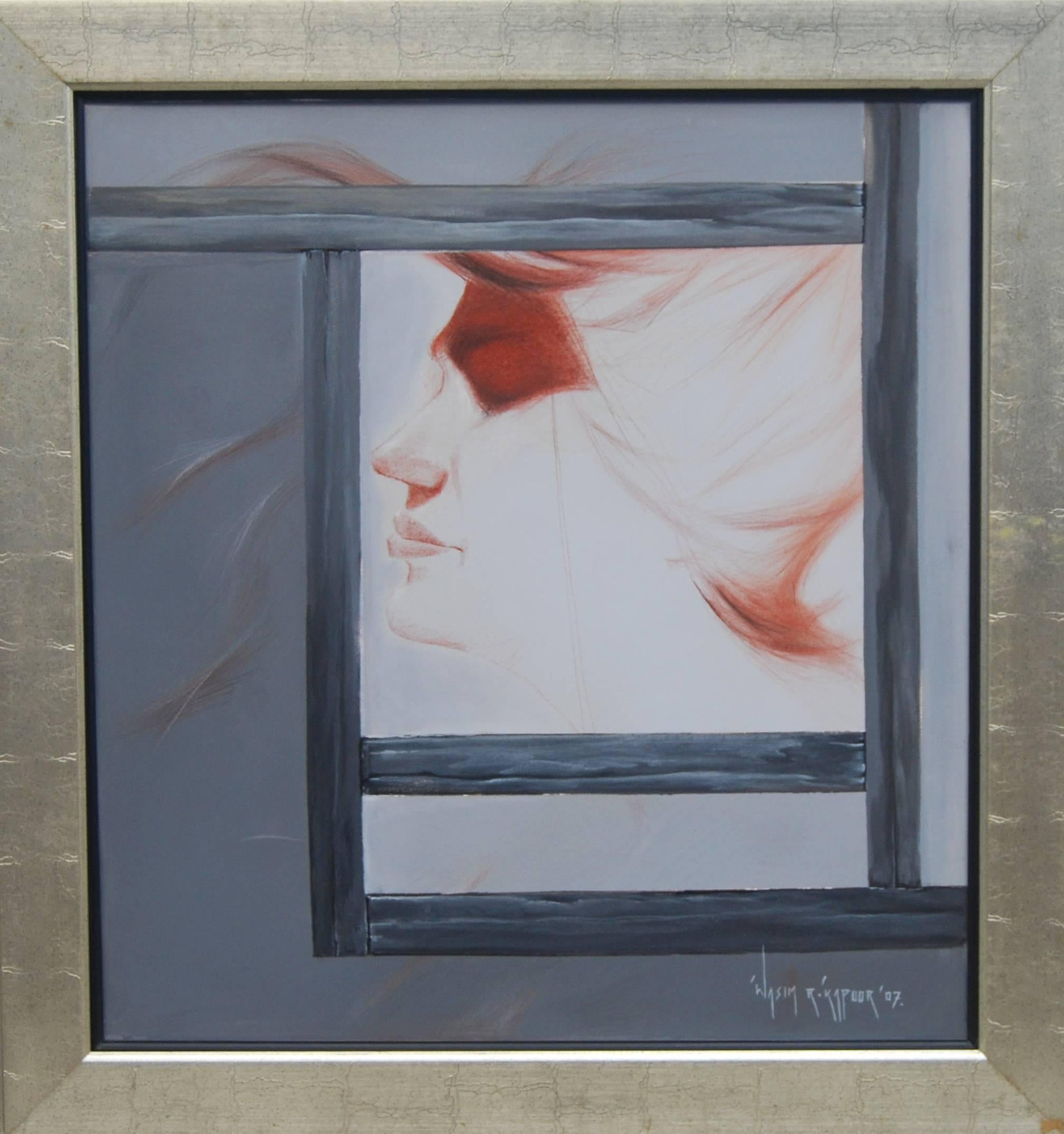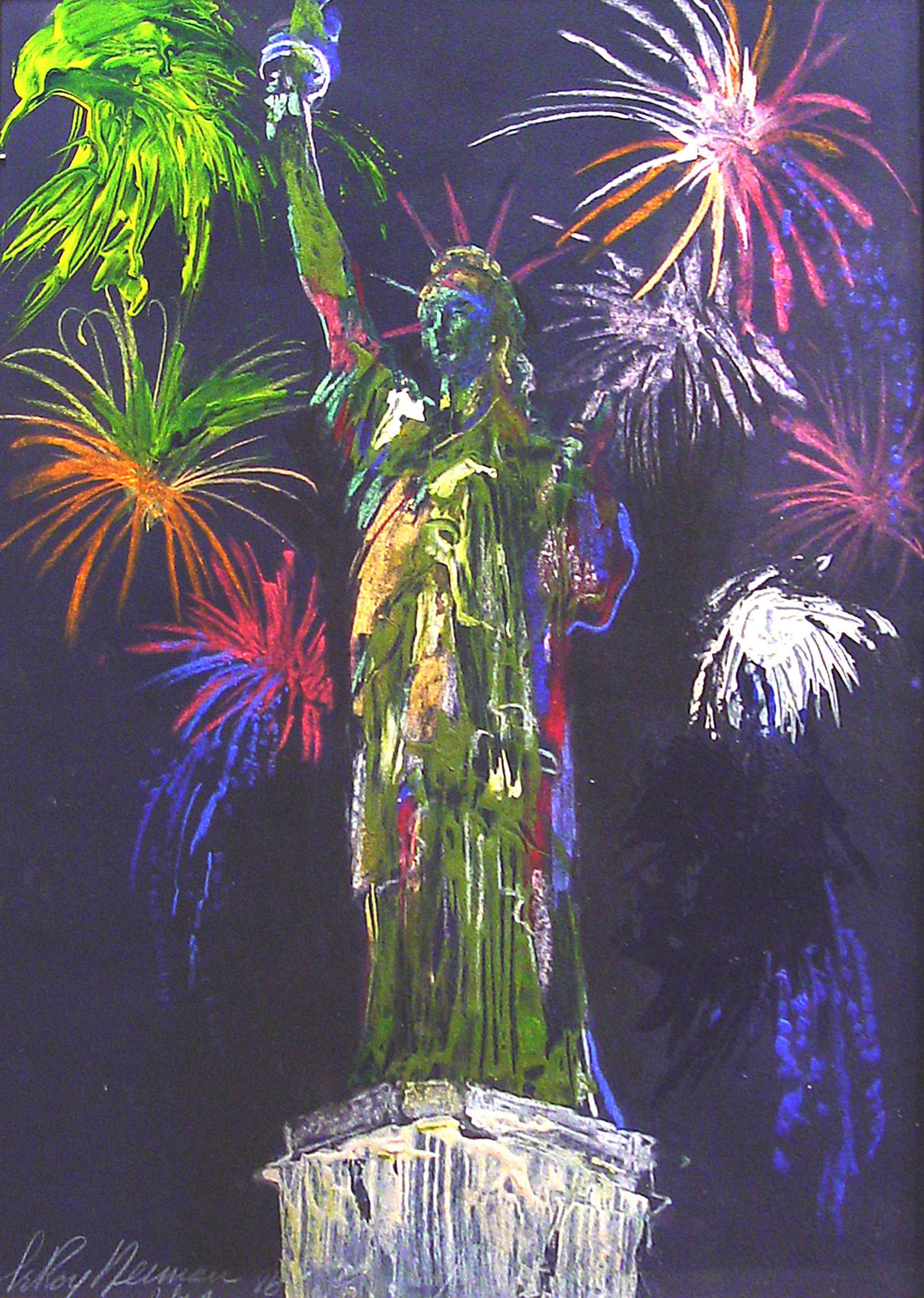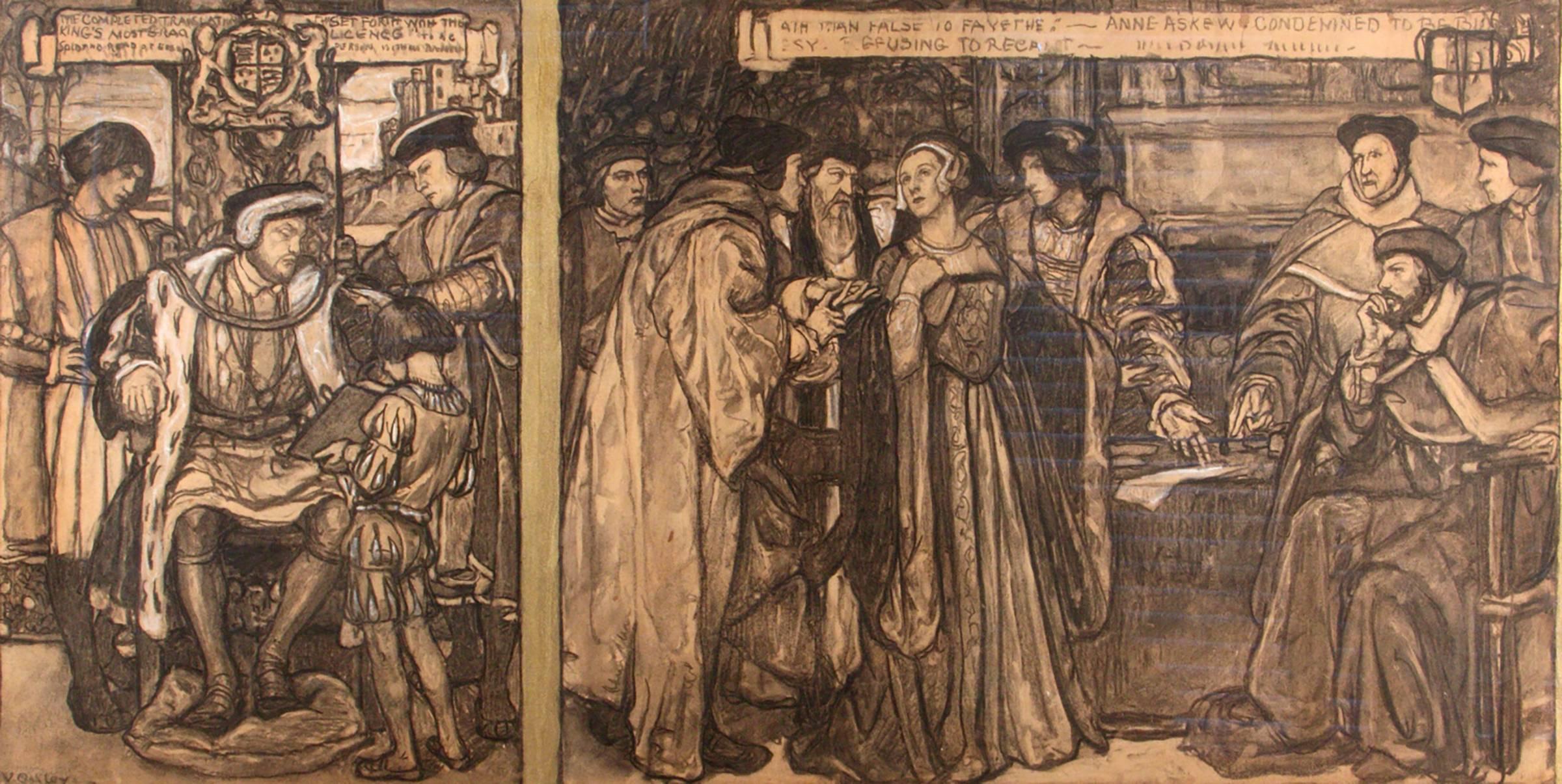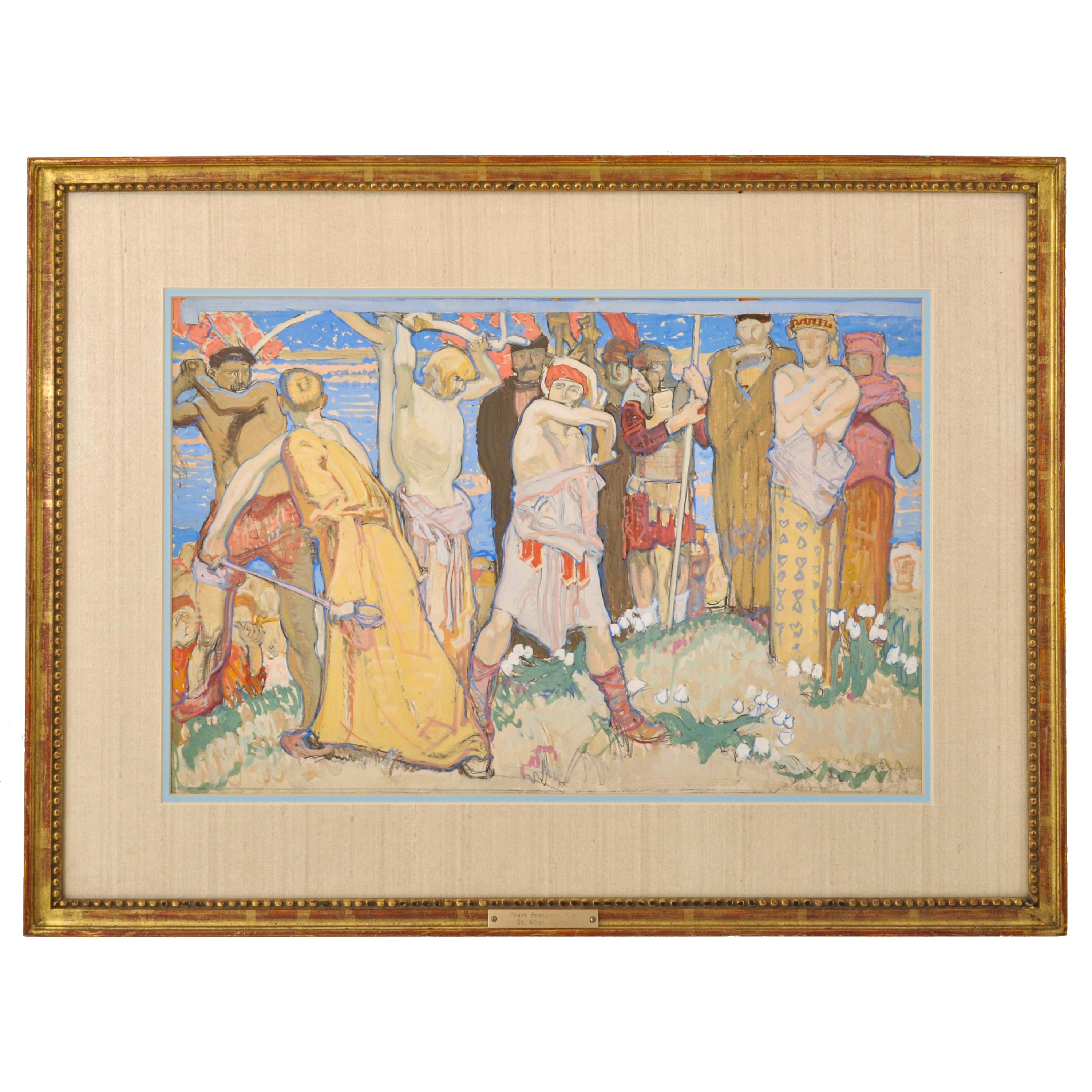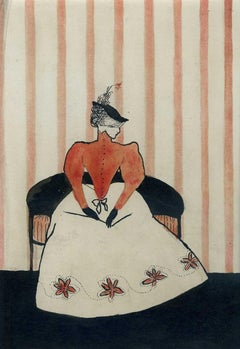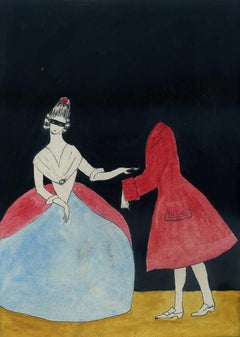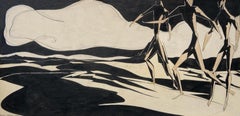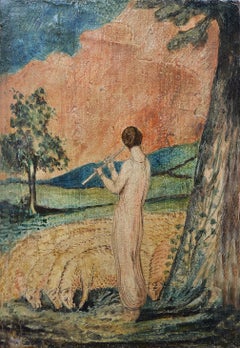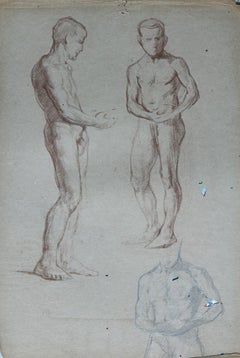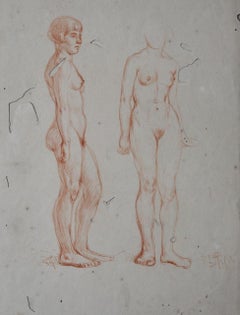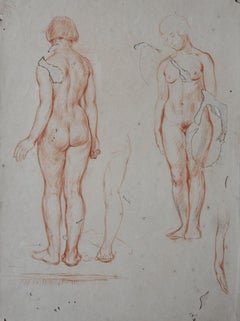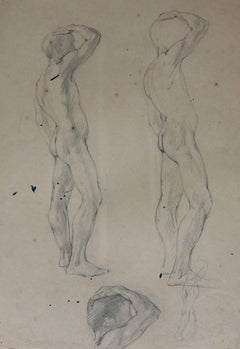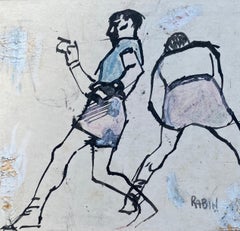
Movement
View Similar Items
Want more images or videos?
Request additional images or videos from the seller
1 of 2
Samuel RabinMovement
About the Item
- Creator:Samuel Rabin (1903 - 1991, British)
- Dimensions:Height: 5.25 in (13.34 cm)Width: 5.5 in (13.97 cm)
- More Editions & Sizes:5.25 x 5.50Price: $2,827
- Medium:
- Period:
- Condition:
- Gallery Location:London, GB
- Reference Number:1stDibs: LU52410555952
About the Seller
5.0
Vetted Professional Seller
Every seller passes strict standards for authenticity and reliability
Established in 2007
1stDibs seller since 2014
80 sales on 1stDibs
Typical response time: 3 hours
Authenticity Guarantee
In the unlikely event there’s an issue with an item’s authenticity, contact us within 1 year for a full refund. DetailsMoney-Back Guarantee
If your item is not as described, is damaged in transit, or does not arrive, contact us within 7 days for a full refund. Details24-Hour Cancellation
You have a 24-hour grace period in which to reconsider your purchase, with no questions asked.Vetted Professional Sellers
Our world-class sellers must adhere to strict standards for service and quality, maintaining the integrity of our listings.Price-Match Guarantee
If you find that a seller listed the same item for a lower price elsewhere, we’ll match it.Trusted Global Delivery
Our best-in-class carrier network provides specialized shipping options worldwide, including custom delivery.More From This Seller
View AllReady and Waiting
By Aubrey Vincent Beardsley
Located in London, GB
Ink & Watercolour
Image size: 4 x 5 1/2 inches (10 x 14 cm)
Contemporary frame
Provenance
Private family collection
This painting was created in the early 1900's when the Decadent Movement...
Category
Early 1900s Aesthetic Movement Figurative Paintings
Materials
Ink, Watercolor
The Charming Ghost
Located in London, GB
Ink and watercolour
Image size: 3 3/4 x 5 3/4 inches (9.5 x 14.5 cm)
Contemporary frame
Provenance
Private family collection
This painting was created in the early 1900's when the Decadent Movement...
Category
Early 1900s Aesthetic Movement Figurative Paintings
Materials
Ink, Watercolor
Forgotten Journey, 20th Century British Artist, Signed and Dated 1939
By Harold Yates
Located in London, GB
Watercolour and ink on paper, signed and dated '1939' bottom left and entitled on the reverse
Image size: 18 x 9 inches (45.75 x 23 cm)
Original frame
This is a wonderfully moving w...
Category
1930s Modern Figurative Paintings
Materials
Ink, Watercolor
The Shepherd, English Victorian 19th Century Egg Tempera
Located in London, GB
Sir William Blake Richmond KCB, RA, PPRBSA
1842 - 1921
The Shepherd
Egg tempera on wooden panel, signed with initials bottom left
Image size: 8 ¼ x 5 ½ inches
Period gilt oak frame
A newly discovered work by the artist.
Sir William Blake Richmond KCB, RA, PPRBSA was an English portrait painter, sculptor and a designer of stained glass and mosaic. He is best known for his portrait work and decorative mosaics in St Paul's Cathedral in London.
He was the son of the portraitist George Richmond RA and studied at the Royal Academy Schools in the early 1860s. Influenced by his father and by Sir John Everett Millais, he is best known for his mosaic decorations below the dome and in the apse of St Paul's Cathedral in London.
His father, George Richmond, was one of 'the Ancients' who were a group of artists who formed around the visionary artist and poet William Blake. Samuel Palmer was an other of the ancients and a close friend of the family.
Our painting could have been inspired by George Richmond’s engraving 'The Shepherd', 1827, but in our panel the shepherd is turned round facing away, and is playing a flute instead of resting on a staff. But the sheep and other elements are there.
It is also suggestive of Welby Sherman's engraving after Samuel Palmer of the same name and date, but here the shepherd is sitting but like ours turned away. William Blake's is an altogether happier image given the figure is playing to his sheep.
Our painting is playing with some of the same ideas and feels like the same sort of period, and the ‘fresco’ like chalk ground is interesting, as is the pen and ink finishing on the tempera. All three are strongly influenced by Blake's illustrations to Thornton's 'Virgil'. The shepherd and his flock are clearly based on Thenot and his sheep in the Frontispiece to Thornton.
Blake Richmond wrote:"If there be the least value in my pictures, it is due to such lovely early impressions derived from the sweet poetic work of many of my father's contemporaries, Calvert, Blake and others, whose shadows are substance still to me" [Sir William Blake Richmond, letter to his father, 50 years after the death of William Blake, from Stirling op. cit p. 28].
Richmond was given private art lessons by John Ruskin before attending the Royal Academy for three years. After that he spent a number of years in Italy, where an encounter with a shepherd called Beppino, 'a splendid speciman of a Sabine Shepherd', could also have gave him the inspiration for the painting we show here. Richmond recalls how he met Beppino on the hillside, and was invited to share the shade of the shepherd's capanna, a wooden hut. 'What a place! In an instant of time I was back into the age of kings, and I knew Romulus had lived and am sure that he lived in a hut exactly like this one'.
That night Richmond dined at Beppino's hut 'on roast kid, hard bread dipped in Roman wine, goat's cream and white ricotta'. The shepherd had such an impression on Richmond that he sought him out on a return visit to Italy some years later, but was saddened to hear that Beppino 'had joined his fore-fathers in the shades'.
He was moved to write the following, which perfectly expresses the mood of this painting and his tribute to a fleeting companion:
'Little events of this kind unite past times with present, create and emphasis continuity of human instincts, which seem to defy time and make travel so intensely interesting and invigorating to a citizen of this world. One need not go to the palace, far otherwise, or to cities and towns to discover the kernal of enduring civilisations. One finds it, if one wills to do so, in the backbone of the world, an ancient peasantry who have watched and still watch the progress of the stars'.
Richmond was influential in the early stages of the Arts and Crafts Movement in his selection of bold colours and materials for the mosaics in St. Paul's Cathedral and in his collaboration with James Powell and Sons...
Category
1860s Victorian Figurative Paintings
Materials
Ink, Egg Tempera
Exiled, Early 20th-Century Pre-Raphaelite Oil on board
By Francis Plummer
Located in London, GB
Francis Plummer
1930 - 2019
Exiled
Oil on board
Image size: 20 ½ x 24 ½ inches
Framed
This rare collection of works from the artists estate, painted i...
Category
Mid-20th Century Pre-Raphaelite Figurative Paintings
Materials
Oil
The Holy Family, 16th Century Venetian School, Oil on Canvas, Hand Carved Frame
Located in London, GB
Oil on canvas
Image size: 26 x 37 inches (66 x 94 cm)
Period hand carved gilt frame
The pictorial arrangement of the Holy Family, with various saints in a landscape, was very popular in sixteenth-century Venice, following the prototype of Giovanni Bellini. Possibly intended for private devotion, this picture is a representative example of the compositional type known as the sacra conversazione...
Category
16th Century Figurative Paintings
Materials
Canvas, Oil
You May Also Like
Royal Academy Series-7, Conte on Paper, Modern Artist Atul Bose "In Stock"
Located in Kolkata, West Bengal
Atul Bose - Royal Academy Series-6
Pencil on Paper, 15 x 11.2 inches (Unframed Size)
1924-26 (Delivered Unframed in as is condition)
Atul Bose was a master artist whose creative journey spanned several decades and left an indelible mark on the Indian art scene. He was born in 1898 in a small village in Bengal and showed an early aptitude for art. Despite facing financial difficulties, he pursued his passion and enrolled in the Government School of Art in Calcutta.
Bose's early works were influenced by the Bengal School of Art, which was a movement that sought to revive traditional Indian art forms. However, over time, Bose developed his own unique style that blended elements of Indian art with European modernism. He was particularly influenced by the works of artists like Paul Cezanne and Georges Braque.
Bose spent two years, 1924-6, at the Royal Academy. He was heavily influenced there by the post-impressionist Walter Sickert. He refused an invitation to help decorate the pavilion at the British Empire Exhibition in 1924 with Mukul Dey...
Category
1920s Modern Figurative Drawings and Watercolors
Materials
Paper, Conté, Ink, Pen, Pencil
Royal Academy Series-4, Conte on Paper, Modern Artist Atul Bose "In Stock"
Located in Kolkata, West Bengal
Atul Bose - Royal Academy Series-4
Conte on Paper, 15 x 11.2 inches (Unframed Size)
1924-26 (Delivered Unframed in as is condition)
Atul Bose was a master artist whose creative journey spanned several decades and left an indelible mark on the Indian art scene. He was born in 1898 in a small village in Bengal and showed an early aptitude for art. Despite facing financial difficulties, he pursued his passion and enrolled in the Government School of Art in Calcutta.
Bose's early works were influenced by the Bengal School of Art, which was a movement that sought to revive traditional Indian art forms. However, over time, Bose developed his own unique style that blended elements of Indian art with European modernism. He was particularly influenced by the works of artists like Paul Cezanne and Georges Braque.
Bose spent two years, 1924-6, at the Royal Academy. He was heavily influenced there by the post-impressionist Walter Sickert. He refused an invitation to help decorate the pavilion at the British Empire Exhibition in 1924 with Mukul Dey...
Category
1920s Modern Figurative Drawings and Watercolors
Materials
Paper, Ink, Pen, Conté
Royal Academy Series-4, Conte on Paper, Modern Artist Atul Bose "In Stock"
Located in Kolkata, West Bengal
Atul Bose - Royal Academy Series-4
Conte on Paper, 15 x 11.2 inches (Unframed Size)
1924-26 (Delivered Unframed in as is condition)
Atul Bose was a master artist whose creative journey spanned several decades and left an indelible mark on the Indian art scene. He was born in 1898 in a small village in Bengal and showed an early aptitude for art. Despite facing financial difficulties, he pursued his passion and enrolled in the Government School of Art in Calcutta.
Bose's early works were influenced by the Bengal School of Art, which was a movement that sought to revive traditional Indian art forms. However, over time, Bose developed his own unique style that blended elements of Indian art with European modernism. He was particularly influenced by the works of artists like Paul Cezanne and Georges Braque.
Bose spent two years, 1924-6, at the Royal Academy. He was heavily influenced there by the post-impressionist Walter Sickert. He refused an invitation to help decorate the pavilion at the British Empire Exhibition in 1924 with Mukul Dey...
Category
1920s Modern Figurative Drawings and Watercolors
Materials
Paper, Ink, Pen, Conté
Royal Academy Series-6, Pencil on Paper, Modern Artist Atul Bose "In Stock"
Located in Kolkata, West Bengal
Atul Bose - Royal Academy Series-6
Pencil on Paper, 15 x 11.2 inches (Unframed Size)
1924-26 (Delivered Unframed in as is condition)
Atul Bose was a master artist whose creative journey spanned several decades and left an indelible mark on the Indian art scene. He was born in 1898 in a small village in Bengal and showed an early aptitude for art. Despite facing financial difficulties, he pursued his passion and enrolled in the Government School of Art in Calcutta.
Bose's early works were influenced by the Bengal School of Art, which was a movement that sought to revive traditional Indian art forms. However, over time, Bose developed his own unique style that blended elements of Indian art with European modernism. He was particularly influenced by the works of artists like Paul Cezanne and Georges Braque.
Bose spent two years, 1924-6, at the Royal Academy. He was heavily influenced there by the post-impressionist Walter Sickert. He refused an invitation to help decorate the pavilion at the British Empire Exhibition in 1924 with Mukul Dey...
Category
1920s Modern Figurative Drawings and Watercolors
Materials
Paper, Ink, Pen, Conté, Pencil
Colorful Painting Mixed Media Wall Art for Sale "Damespiel 2" by Skadi Engeln
Located in Winterswijk, NL
Figurative colorful Painting Mixed Media Wall Art for Sale "Damespiel 2" by Skadi Engeln
Experience the enchanting and mysterious world of "Damenspiel 2" a unique artwork that stimu...
Category
21st Century and Contemporary Figurative Paintings
Materials
Canvas, Chalk, Ink, Tempera, Graphite
Figurative colorful Painting Mixed Media Wall Art for Sale Damespiel 1 by Skadi
Located in Winterswijk, NL
Figurative colorful Painting Mixed Media Wall Art for Sale - "Damespiel 1" by Skadi Engeln
Experience the charming and inviting world of "Damespiel 1," a lively painting that captiv...
Category
21st Century and Contemporary Figurative Paintings
Materials
Canvas, Chalk, Ink, Tempera, Graphite
